Or how to create an image-based, open access book in TEN easy steps

The world of publishing is undergoing dramatic changes, with the emergence of new publishing platforms, the increasing need for cross-media content and the transformation of the book into an ‘open medium’. The aim of this guide is to explain the concept of ‘open and hybrid publishing’ and to encourage various parties – students, educators, artists, curators, independent publishers, cultural heritage managers – to become involved in open and hybrid publishing themselves.
Using two case studies of multi-platform publishing projects, this Guide to Open and Hybrid Publishing demystifies the process of publishing online and offline today. Promoting the creative reuse of the available cultural resources, it draws attention to the complex issue of copyright when it comes to publishing written texts – as well as images. It also discusses the various business approaches that ‘open and hybrid publishing’ can embrace.
What’s happening with publishing today?
The rise of new devices, such as Amazon’s Kindle and Apple’s iPad, has facilitated new ways of reading. It has also changed the very nature of the medium that is being read. Desktop computers facilitated a shift to screen-based reading, while laptops, smartphones and tablets encouraged the development of cross-platform multimedia contents. Today it is e-books, tablets and smartphones, more than online newspapers, that are radically transforming the publishing landscape. The UK’s Guardian newspaper reported recently that e-books are ‘on course to outsell printed editions in UK by 2018’. The book market itself is showing definite growth tendencies in respect of both the commercial e-book market and, under the open access publishing model especially, academic publishing market. With regard to the former, ‘The UK consumer e-book market – which excludes professional and educational books – is forecast to almost triple from £380m to £1bn over the next four years’ (The Guardian, 4 June 2014 ).
E-books are only one part of this new ecosystem of reading, writing, publishing, distribution, access and sales. They represent, in Europe, just a few percentage points of the revenue of the national book industry. Certainly, for many publishers these days (such as Penguin Random House or Hachette Livres) expanding their access to international markets on a global scale through e-books is a priority. Yet publishing is no longer limited to the traditional publishing houses: technology companies such as Apple, Amazon and Google have now entered the picture. With their new production and distribution models, and new modes of presenting content, these companies are disrupting the traditional structures – and strictures – of the pre-digital publishing industry. Interestingly, they are also promoting a more seamless relation between text and image.
As for academic publishing, while the shift to digital and the promotion of open access (OA) to knowledge – where outcomes of academic research, in the form of articles, research papers and reports, are made freely available online – is relatively advanced in the sciences, it has yet to become more firmly established in the humanities. One reason for this is that in the sciences the major form of communication is the peer-reviewed journal article, and it is easy to make journal articles available on an OA basis because of the way copyright works for articles: you can always publish a pre-print version online as soon as it’s ready. In the humanities, however, the book (the academic monograph in particular) remains the gold standard by which academics are measured – and it is more difficult to make a monograph available OA. Yet many non-profit, scholar-led presses which publish open access monographs, such as Open Humanities Press and Meson Press, have emerged in recent years. Mobilising academic labour traditionally given to large commercial conglomerates to become directly involved in the book production process, such presses have challenged the monopoly and business practices of commercial publishers of academic books.
What is the Open and Hybrid Publishing model really about?
The Open and Hybrid Publishing model presented here offers an alternative to the top-down, one-to-many traditional publishing model. It does so by drawing on the availability of valuable textual and visual material under Creative Commons licenses (licences which allow free distribution and use of works). Employing open source software – i.e. software whose code is publicly available for all to use, modify and improve upon – the Open and Hybrid Publishing model offers clear benefits to smaller publishing enterprises, both commercial and non-profit, and also to individuals. The ready availability of material that can be published on an open access basis, the reduced costs of printing and binding, the wide availability of print-on-demand services, and the relative ease of distribution of electronic and paper books, including those that are self-published using platforms such as Amazon and Blurb, means that the primary costs of the future implementation of such projects will have to do with staffing, i.e. with the setting up of such projects, copy-editing and proof-reading them, and, last but not least, with publicising them. But the majority of other costs associated with the traditional publishing business will disappear. This is why the role of the publisher now can be taken up not just by large established organisations and businesses but also by small groups or even individuals.
This expansion and the relative ease of performing this role of the publisher today – blogs, Twitter, Scribd and Academia.edu, etc. mean that anyone can now publish in a matter of minutes – have at the same time generated a need for capturing the attention of the increasingly fragmented audience. This is where the role of the book editor as a ‘knowledge curator’, that is as someone who selects relevant bits of knowledge and directs relevant audiences to it, becomes crucial. This role can be successfully filled by various organisations and groups within the cultural, art and educational sectors – organisations that are not traditionally associated with publishing but that already have established audiences for the content they could offer.
The Open and Hybrid Publishing model can thus be of use to many parties:
- museums and galleries
- educational institutions (schools, colleges and universities) and communities of learners worldwide
- artists, curators and arts managers
- cultural centres
- business organisations working with media images
- individual users (book readers, writers and artists interested in self-publishing)
- non-profit organisations such as artists’ collectives
- internet communities with interest in open cultures.
How is Open and Hybrid Publishing different from Open Access?


Exploring the newly arising possibilities in the publishing market, Open and Hybrid Publishing allows users to experiment with different modes of publishing textual, audio and visual material. It also allows for the promotion of alternative, sustainable and resilient business practices for individuals working with texts and images (artists, curators, art managers) and smaller enterprises, such as artists’ collectives and non-profit organisations. This model takes as its starting point the fact that the so-called digital revolution has facilitated the development of new modes of knowledge dissemination and research methods as well as new forms of communication. Digital distribution channels have also allowed for a wider access to academic and other cultural resources – a development that has gained the moniker ‘Open Access’.
Open Access allows free online access to academic research (articles, books, reports, etc.). The scholar-driven Open Access movement emerged in response to academic publishing being dominated by profit-maximising corporations (e.g. Taylor & Francis, Elsevier). While scholars are keen for their work to be read, appreciated and cited, this possibility is being hindered by the gate-keeping business models of their publishers, whereby knowledge is sold at rather high cost. As a reaction to the increasing commercialisation of the universities, Open Access is powered by a belief that access to knowledge and research should be the right of all people and not just a privilege of the few who can afford to pay for it.
The Open and Hybrid Publishing model makes use of, and creates, Open Access resources but it also uses other publishing modes and formats, both online and offline, which can be subsequently monetised (e.g. distribution of an electronic – epub, pdf – version of a textbook or a novel for free, with a paper copy being sold; sales of limited runs of artists’ books to accompany an exhibition or a web project): hence its ‘hybrid’ nature. This hybrid model of publishing allows users to experiment with the overall form of publications and with their business premises. It thus allows for the emergent publishing practices to develop as free educational and art experiments supported by the institutions hosting them, and as sustainable commercial ventures. However, in promoting the socially significant open access to knowledge and facilitating access to cultural heritage, the value of Open and Hybrid Publishing transcends direct monetary benefits.
Building on the approach of Open Access publishers such as Open Humanities Press and Anvil, the model employs a targeted approach to publishing various kinds of materials. It works on a project-to-project basis, thus challenging the traditional ‘one size fits all’ approach. The two case studies presented below – (1) the Living Books About Life online series of Open Access academic books that allow all readers not just to access them for free but also to edit and re-version them; and (2) Photomediations: An Open Book, a multi-site project that combines the online and offline publication of texts as well as images – illustrate the educational, artistic and commercial possibilities opened up by this model. They also highlight many of the practicalities of Open and Hybrid Publishing, including the minefield that is copyright.
In a nutshell: Open and Hybrid Publishing learns from Open Access, it sometimes borrows from OA; it may incorporate OA strategies, but it can also go beyond them, depending on what a given publication and the organisation or group bringing it out want to achieve.
Case Studies
I How can you create a ‘living book’ which keeps growing?

Living Books About Life, http://www.livingbooksaboutlife.org
Funded by the Joint Information Systems Committee (Jisc), and published by Open Humanities Press, Living Books About Life is a series of curated, open access books about life – with life understood both philosophically and biologically – which provide a bridge between the humanities and the sciences. Produced by a globally-distributed network of writers and editors, the books in the series repackage existing Open Access science research by clustering it around selected topics whose unifying theme is life: e.g. air, agriculture, bioethics, cosmetic surgery, electronic waste, energy, neurology and pharmacology.
Editing such an open, living book about life could not have been simpler. After the editors decided on the topic, they had to find 10 or more scientific or science-related articles on it in one of the open access science repositories. They were also encouraged to include some other articles, excerpts, images, podcasts, video clips, etc. – as long as they were available under appropriate Creative Commons licences or, on Flickr, had ‘no known copyright restrictions’ , or as long as permission had been obtained from the copyright owner to use the works in the ways the editors intended.
By creating twenty-one ‘living books about life’ in just seven months, the series showcased exciting opportunities for publishing, in a sustainable, low-cost manner, many more such books in the future. These books can be freely shared with other academic and non-academic institutions and individuals. Taken together, they constitute an engaging interdisciplinary resource for researching and teaching relevant scientific issues across the humanities, a resource that is capable of enhancing the pedagogic experience of working with open access materials. All the books in the series are themselves ‘living’, in the sense that they are open to ongoing collaborative processes of writing, editing, updating, remixing and commenting by readers – although ‘frozen’ pdf versions of the books are also created, to strike the right balance between editorial authority and experimentation. Through this, the Living Books About Life series engages in rethinking ‘the book’ itself as a living, collaborative endeavour in the age of open science, open education, open data and e-book readers such as Kindle and the iPad.
Living Books About Life is a collaboration between Open Humanities Press and three UK-based academic institutions: Coventry University; Goldsmiths, University of London; and the University of Kent. The publishing model behind it – and behind its parent organisation, Open Humanities Press – has been shared with, and adopted by, other organisations, such as Punctum Books (an open-access and print-on-demand independent publisher dedicated to radically creative modes of intellectual inquiry and writing across a whimsical para-humanities assemblage) and Meson Press (an open access press that publishes research on digital cultures and networked media). Its authors would like to encourage some further sharing, adoption and modification of this model – and of the idea of the living book embraced by it.
II How can you redesign a coffee-table book for the Internet age?

Photomediations: An Open Book, http://www.photomediationsopenbook.net
Photomediations: An Open Book redesigns a coffee-table photography book as an online experience to produce a creative resource that explores the dynamic relationship between photography and other media. The book uses open (libre) content, drawn from various online repositories of open access material, and tagged with a CC BY or another open licence. Through this, the book showcases the possibility of the creative reuse of image-based digital resources.
Featuring a comprehensive introduction and four specially commissioned chapters on light, movement, hybridity and networks that include over 200 images, Photomediations: An Open Book tells a unique story about the relationship between photography and other media. Its online form allows for the easy sharing of the book’s content with educators, students, publishers, museums and galleries, as well as any other interested parties. To collect the images, the book’s editors conducted an extensive search of open image collections and repositories such as Europeana, Flickr: The Commons, and Wikimedia Commons, using carefully tailored keywords such as ‘optics’, ‘networked image’ and ‘library’. For intellectual property reasons, the images chosen had to be tagged with a relevant Creative Commons licence, or they had to be marked as being ‘in the public domain’ or having ‘no known copyright restrictions’ (the latter being a designation adopted on Flickr: The Commons, when cultural institutions have reasonably concluded that an image is free of copyright restrictions): otherwise it would have been impossible to include those images in the book. The process of searching revealed the extreme wealth of widely available open images and other forms of visual cultural heritage online – many of which can be reused, often in commercial publications (e.g. images tagged with the CC BY licence, which lets others distribute, remix, tweak and build upon the original work, even for commercial purposes, as long as the original creator is acknowledged).
The book’s four main chapters are followed by three ‘open’ chapters, which can be populated with further content by a variety of users, after the launch of the book. The three open chapters are made up of a social space – a Tumblr blog titled ‘The Book Is Alive’, an online exhibition and an open reader. A version of the reader, featuring academic and curatorial texts on the subject of photomediations, has also been published in a stand-alone book form, in collaboration with Open Humanities Press. A pdf version of the reader is downloadable for free, with a printed copy being available for purchase. All these different publication formats that are part of the project are designed to show what a contested object ‘the book’ has become in the digital area, while also highlighting the hybridity of the publishing platforms and mechanisms that are available today. In an attempt to visualize this state of events, the splash (or front) page of Photomediations: An Open Book is designed to evoke a set of book spines while the navigation around the book mimics a traditional page turning experience. Promoting the socially significant issues of ‘open access’, ‘open scholarship’ and ‘open education’, the project offers a low-cost hybrid publishing model as an alternative to the increasingly threatened traditional publishing structures.
Photomediations: An Open Book was developed as part of the European Commission-funded Europeana Space under its ICT Policy Support Programme. It is a collaboration between Goldsmiths, University of London, and Coventry University.
How to create an image-based, open access book in 10 easy steps
Using the two case studies discussed above, we present behind-the-scenes tips on how these projects came about – and on how anyone can follow in our footsteps to design a similar open/living/hybrid book, either as a free open project for themselves or their organisation, or as a commercial product. Feel free to borrow, share, adjust and improve upon our idea and model.
1. Choose a platform for hosting your book
One way of thinking about the book as an open, hybrid, living object in the digital age is to reimagine it as a kind of website: a series of linked online pages, held together by a contents list but also by some unique design elements.
The Living Books about Life project runs on a wiki, using MediaWiki software – which is basically the same software used by Wikipedia. Photomediations: An Open Book, in turn, is based a single page of html code. You don’t need an experienced coder to get it done: our html page was customised by our designer from a readily-available module – a Fullscreen Pageflip Layout – taken from the code sharing website codrops. For the splash page (i.e. the front page of our Photomediations site), we repurposed the Image Accordion with CSS3 module. If you can do some basic html design, or have a web designer involved in your project, you can use similar ready-made, freely available modules. You can also get some low-cost help with your website by hiring someone from freelancer, even on a one-off basis.
If you know nothing about web design and have very limited resources, the web software and publishing platform WordPress is the way to go: it’s free, customisable and easy to use. It also provides lots of ready-made templates. You can download it and install it on your own website, or, if you are a complete newbie, you can build your project, and thus publish your book, directly on their site – in a slightly more limited way though.
2. Develop the right design
To ensure your book doesn’t look like just any old website, you may want to introduce some design features that reference a ‘real’ book – or that playfully remediate its format. (Your can make a book cover and stick it on the splash page or you can insert a page-turning feature into your website). You can pick up plenty of ideas from open source and code sharing websites such as codrops.
It is important that the shape and look of your open book reinforces its content. In designing Photomediations: An Open Book we experimented with many different shapes and styles of the platform before we settled on a design that remediates the experience of a coffee table book. Its main landing page is designed to evoke book spines and the navigation around the book mimics the traditional experience of turning book pages.
Deciding on the method of navigating through your book is equally important. You should also have an easily accessible contents list, or map, of the book as a whole. Last but not least, you need to ensure that your design is ‘responsive’, i.e. that it works well on different devices and platforms, from desktops and laptops, through to iPads and mobile phones. (Many of the recent WordPress and Tumblr templates are already designed this way.)
3. Secure hosting and a domain name
Unless your institution is able to let you use some web space on their server, your will need to secure some space on which you’ll host your book. Hosting web-based projects on shared servers is inexpensive these days and can be bought from companies big and small. (The biggest ones include Bluehost, GoDaddy and 1and1 – but do look around.) The same companies will also sell you a domain name – like photomediationsopenbook.net – that will act as the address for your book. They will also ensure your book is easily found by search engines such as Google.
When choosing your address, think of one that best encompasses the nature of your project. For us the concept of mediation (‘photomediations’) and the idea of an open book were important components, all of which found their way into the project’s overall title and also its URL address.
4. Decide what types of content and media to include
Your book will no doubt feature still images such as photographs, as well as scans of drawings, paintings and other visual material. You may also want to include moving images. It is easy to embed visual material into your website/book – for example, using the automated ‘embed’ feature in WordPress. Text can be incorporated directly (through ‘cut and paste’ into your template), but you may also want to enhance your book with some pdf material or even with links to external resources. The advantage of the latter is that the book appears more open, reaching out beyond the confines of its covers. The disadvantage is that you have no control over external links: they can become obsolete any time. When using video, to ensure the smooth and speedy functioning of your book it’s best to host video clips on a free external website, such as YouTube or Vimeo, and embed them into your site from there – rather than place them directly within your book.
5. Curate your visual content
It may be helpful to understand your role in putting together on online book as that of a curator rather than just an editor. In other words, you become someone whose task is to organise the deluge of images and other data available on the Internet into a coherent and visually pleasing whole, gathered under a strong concept. Editing such a book is therefore akin to putting on an exhibition.
There are plenty of well-designed, themed repositories of open access material on the Internet from which you can download very interesting images. Most of these repositories have excellent ‘search’ facilities.
For example, to find content for chapter 2 ‘Photography, Optics and Light’ in Photomediations: An Open Book, we conducted a thorough search through a number of repositories (listed in the Appendix), using a variety of keywords: ‘light’, ‘optics’, ‘luminosity’, ‘camera’, ‘apparatus’, ‘eye’, etc. Importantly, we narrowed down our search to images tagged with appropriate Creative Commons licenses or marked as being ‘in the public domain’ (as explained in the section below), so that we could reuse these images in our project.
6. Think about copyright
If you are using images or texts that do not belong to you, make sure you don’t infringe the copyright belonging to the right holder. (Just because something is ‘on the Internet’ does not mean that you can use it…) Always check the licence of the work you find in a given repository. Also, if you receive an image or a piece of text directly from its author or copyright holder, make sure you clarify what the conditions of its use are: i.e. what you can and can’t do with it (e.g. Can you use it for educational purposes? Can you include it in a book you’re planning to sell? Can you crop the image or shorten the text? Can you use the image as part of a banner you are designing for your website?).
There are several so-called open licences that are considered ‘safe’, in the sense that they leave you a lot of freedom with regard to how to us them. As a rule of thumb, it is safest to use artefacts that are marked as being ‘in the public domain’ (sometimes marked as CC0) or, on Flickr: The Commons, images that have ‘no known copyright restrictions’. You can freely build upon, enhance and reuse them for any purposes.
There are a number of Creative Commons (CC) licences that aim to strike the right balance between permissions and rights: read the letters attached to them carefully, and follow the explanations on the CC website, to see what you can and can’t do with each work (some allow you to do anything as long as you acknowledge the original author; others allow you to use the works for non-commercial purposes only; some allow you to modify the work, others don’t, etc. etc.). Two most useful CC licences are:
Attribution CC BY 
This licence lets others distribute, remix, tweak, and build upon your work, even commercially, as long as they credit you for the original creation. This is the most accommodating of licences offered. Recommended for maximum dissemination and use of licensed materials.
Attribution-ShareAlike CC BY-SA 
This licence lets others remix, tweak, and build upon your work even for commercial purposes, as long as they credit you and license their new creations under the identical terms. This licence is often compared to ‘copyleft’ free and open source software licences. All new works based on yours will carry the same licence, so any derivatives will also allow commercial use.
7. Write captions – and supply additional text
It is important to always credit the work used – and, in case of images, to provide further information about them. Even if the copyright licence for a given image allows you to skip providing such information, it is good practice to include some further details about the image anyway, as they will no doubt be useful to your readers. This is how we’ve captioned the images included in Photomediations: An Open Book. Our example shows an image we found on Flickr by an author who calls himself ‘Doctor Popular’, which we included in a chapter on ‘Hybrid Photomediations’, as a commentary on new forms of portraiture today:
 Doctor Popular, AntiTagging, 2014.
Self-portrait taken using the Anti-Tagging iPhone app that anonymizes photos by auto-detecting faces and glitching them out, thus producing a secure selfie. Source: Flickr. Licence: CC BY-SA 2.0.
Doctor Popular, AntiTagging, 2014.
Self-portrait taken using the Anti-Tagging iPhone app that anonymizes photos by auto-detecting faces and glitching them out, thus producing a secure selfie. Source: Flickr. Licence: CC BY-SA 2.0.
Even if your book is image-based, you may want to include some additional textual material in it, besides the captions for your images. For example, you may want to write or commission an introduction that contextualises the book. You may also want to include some additional reading material, by way of ‘curating’ (that word again!) your book in an interesting and multi-dimensional way. There are plenty of knowledgeable open-access articles and books available online. Most of these have been written by academics and other experts in the field; many went through the ‘peer-review process’: which means that they have been validated by other experts in the field as valuable and original. Curating an interesting list of texts on your chosen topic is not that different from curating a ‘playlist’ of songs on your computer or phone. (See Appendix for a list of repositories of open access material.)
8. Decide how open/closed you want to make your book
We’ve explained above how to include open-access material – be it text or images – in your book. However, the assumption so far has been that readers will come to your online book the way they come to a traditional book, i.e. to read it, and then they leave it intact. But maybe you would be interested in making all or at least parts of your book open, for readers to add material to the existing content, update it, comment on it, re-mix it or make their own versions? (You can think of it as an educational exercise, an artistic experiment, or simply as embracing the much more creative model of engaging with media by younger generations, where the roles of the producer and the consumer of culture become more blurred.)
For example, in the Living Books about Life project all the books in the series are themselves ‘living’, in the sense that they are open to ongoing collaborative processes of writing, editing, updating, remixing and commenting by readers – as long as those readers have registered on the site first. This possibility of keeping the books open in this way is both potentially exciting and potentially dangerous. There are two main issues here: (1) First, we wanted to protect ourselves against vandalism, and that was an easy thing to do. Each introduction, contents list and attributions list of each living book is also available as a ‘frozen’ pdf file. Also, the wiki retains a record of all the edits, so it’s always possible to revert to an earlier version. In addition, we have a rigorous backing up system, so we have copies of all the books in their editors’ ‘original’ versions – which can always be restored. (2) But there is also a practical issue with regard to some possible threats and opportunities. Our experience is that people (i.e., readers/users) tend to treat any published text, even on the web, as having a certain authority: too much authority, in fact. So, somewhat disappointingly perhaps, the most that people tend to do is post a comment. It’s relatively hard to get them to do much more than that. Indeed, people tend to adhere to fairly conventional notions of the author and the book as an object that shouldn’t be messed around with – which is interesting in itself. But this reluctance or wariness is also something we want to encourage users to get over with this project.
In Photomediations: An Open Book, alongside the introduction and four ‘closed’, read-only chapters on photography and other media, we have also included three open chapters – which take the format of three separate web pages:
- Photomediations: An Open Reader – a collection of academic essays on photography and other media, which can be edited and expanded upon by any anyone
- The Social Space – a Tumblr blog called ‘The Book Alive’, exploring the book as a living and dynamic medium via the posting of images of books present and past
- The Exhibition – a space that encourages users to creatively experiment with images from our book and from the whole of the Europeana online collection of digitised items (or, more accurately, a single gathering place of data, allowing you to access material in a variety of European collections), and that displays the results of these experiments
9. Think whether you also want a printed version
Alongside your web-based book, you may also decide to publish a printed version. This could be the exact copy of all the online material included; it could include a selection of texts and images from your online book; or it could be an entirely new publication, mixing the online material with the newly sourced content.
For example, as part of our work on Photomediations: An Open Book, we entered into collaboration with the scholarly publishers Open Humanities Press to publish a version of our chapter 6 as a separate, stand-alone book. Titled Photomediations: A Reader, it includes 20 academic essays on the dynamic relationship between photography and other media, some of which are not available online. The book, looking very much like a traditional academic textbook, and illustrated with some images, was published open access, as a freely downloadable pdf. Printed versions can also be purchased.
It is very easy to print short runs of text- and image-based books, in very good quality, these days. Companies such as Blurb and Lulu provide their own online software which allows you to design the book for printing, even if you have no prior knowledge of book or web design. They also convert it for you into various e-book formats. You may also want to check out this website: http://www.disphotic.com/book-making/.
10. Get social
It is important to identify your readership by connecting to the existing online resources, be it social platforms (Facebook, Twitter, Basecamp, Github) or personal blogs. You may want to attach a Twitter account to your book, so that each day you can publicise a different element from it. However, it’s not just about using social media to publicise your content. If you want to achieve real reader engagement, and get people involved in sharing, remixing and creatively reusing your content in some way, or even co-create content with you, you need to work with existent online communities. You can also attempt to build a new community around a particular educational, cultural or artistic project. See this article on co-creation from the EU RICHES project: http://www.riches-project.eu/co-creation.html.
Appendix
More on licences and copyright
- Europeana Space – Copyright Tools for Cultural Heritage: http://www.europeana-space.eu/content-space/. Here you can access guidelines and tools for clearing copyright and find information about the development of business models for the creative reuse of digitised cultural heritage.
- Out of Copyright: determining the copyright status of works: http://outofcopyright.eu/
More on academic publishing For a taxonomy of various forms of academic publications see this website by the Hybrid Publishing Consortium: https://github.com/consortium/publication-taxonomy.
Selected Open Access image repositories:
Open Access Directories (i.e., meta-lists of various worldwide repositories):
- OpenDOAR (Directory of Open Access Repositories) – Authoritative directory of academic open access repositories. Includes a tool to search the repositories’ contents. http://www.opendoar.org/
- Directory of Open Access Journals – Categorized, searchable links to free, full text, quality controlled scientific and scholarly journals. There are more than 5000 journals in the directory. http://www.doaj.org/
- Open Culture – the best free cultural and educational media on the web: http://www.openculture.com/
- ROARMAP (Registry of Open Access Repository Material Archiving Policies) – Directory of the open access mandates of institutions worldwide, with links to their open access repositories. http://www.eprints.org/openaccess/policysignup/


This Guide was put together by Gary Hall, Kamila Kuc and Joanna Zylinska, as part of the activities of Europeana Space, a project funded by the European Union’s ICT Policy Support Programme under GA n° 621037. December 2015. Licence: CC BY.
 Sous la direction d’Emmanuel Bonnet et Aude Nikiema
Sous la direction d’Emmanuel Bonnet et Aude Nikiema








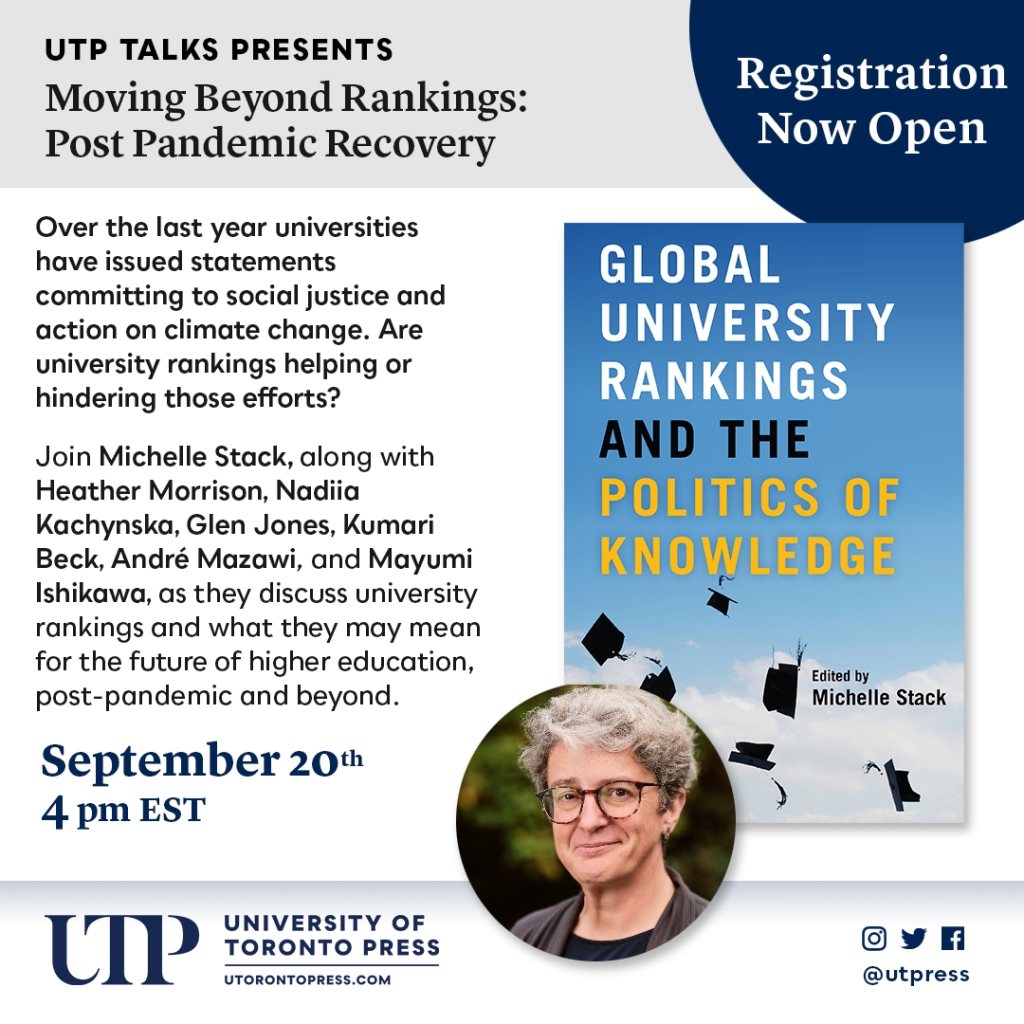





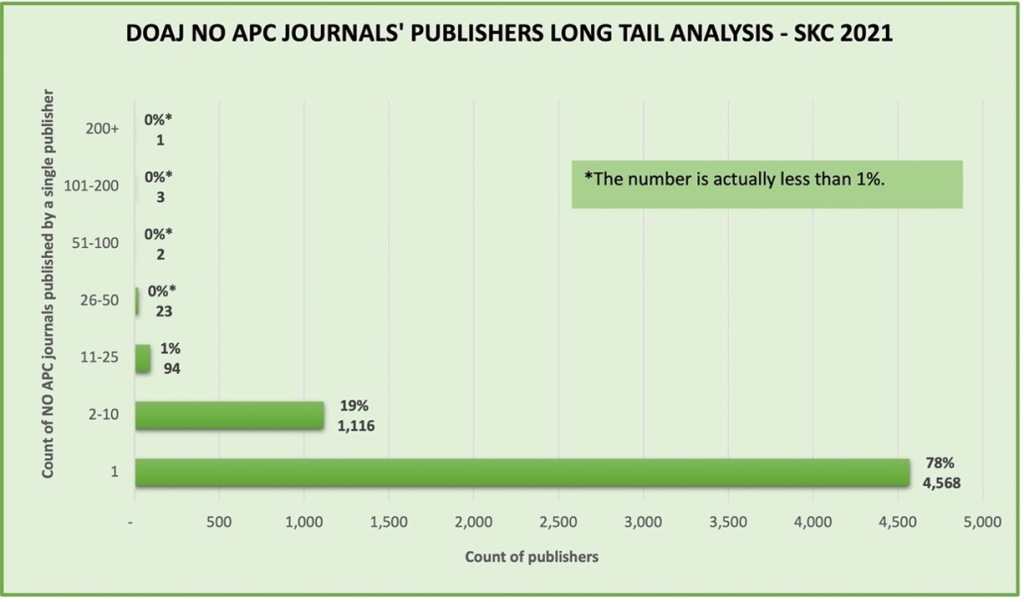

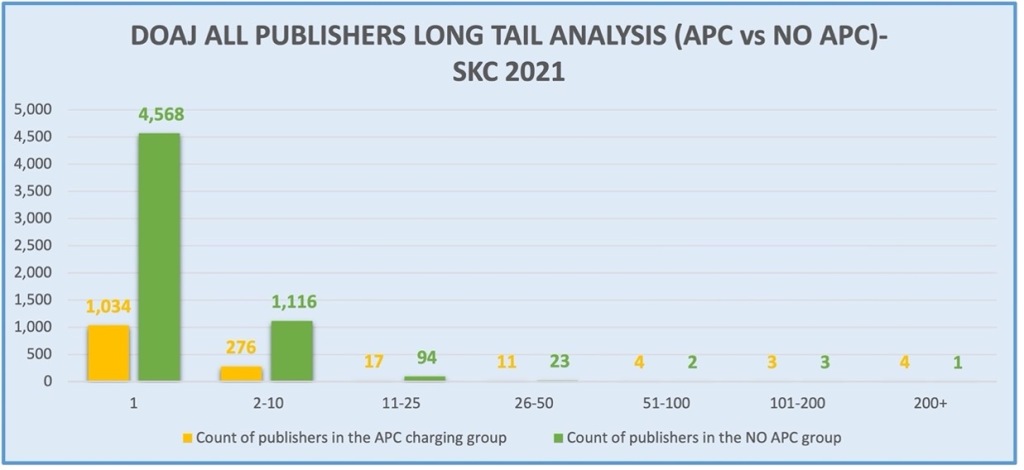

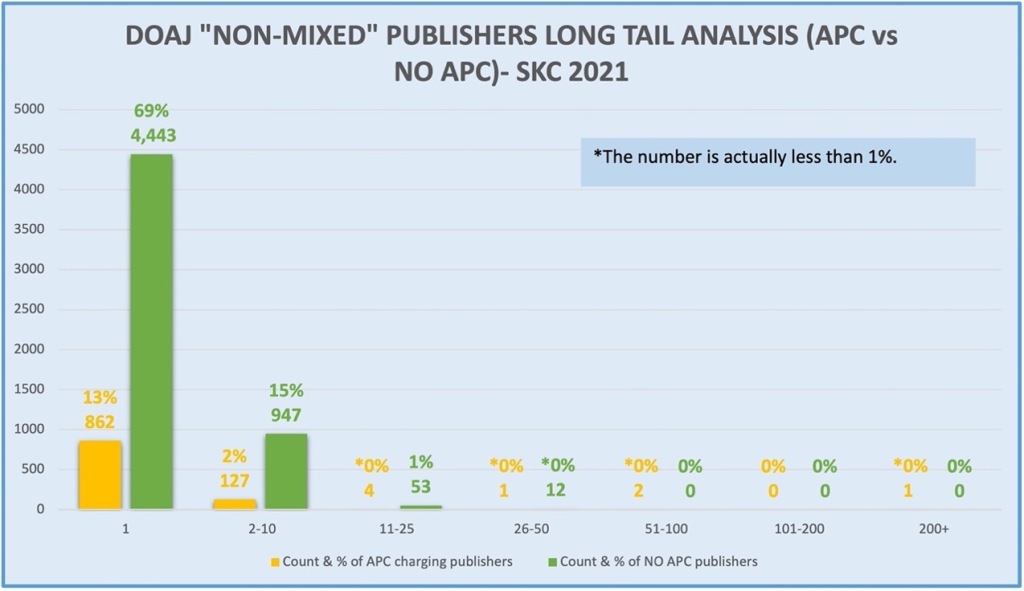
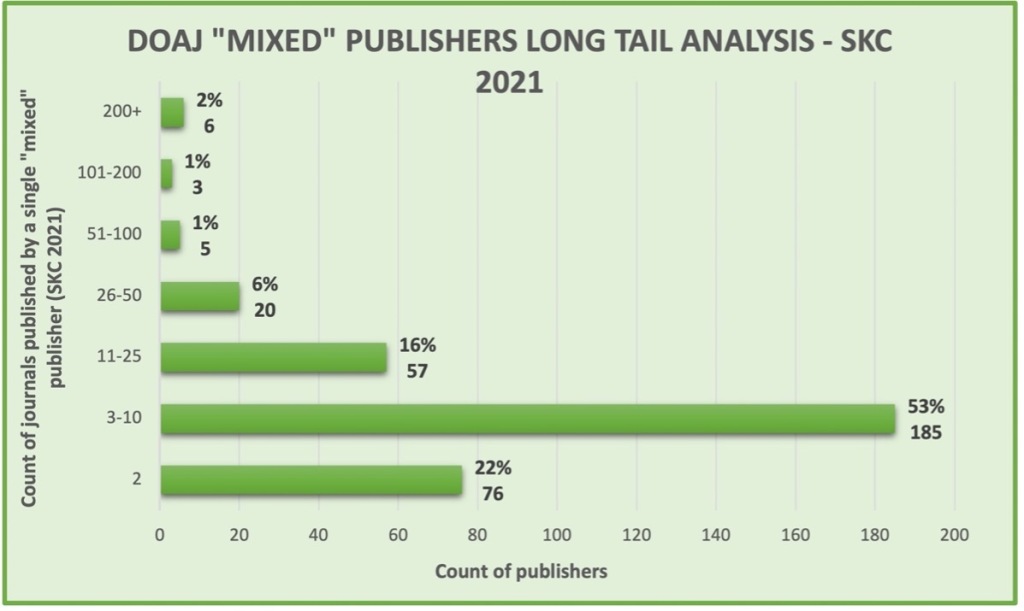





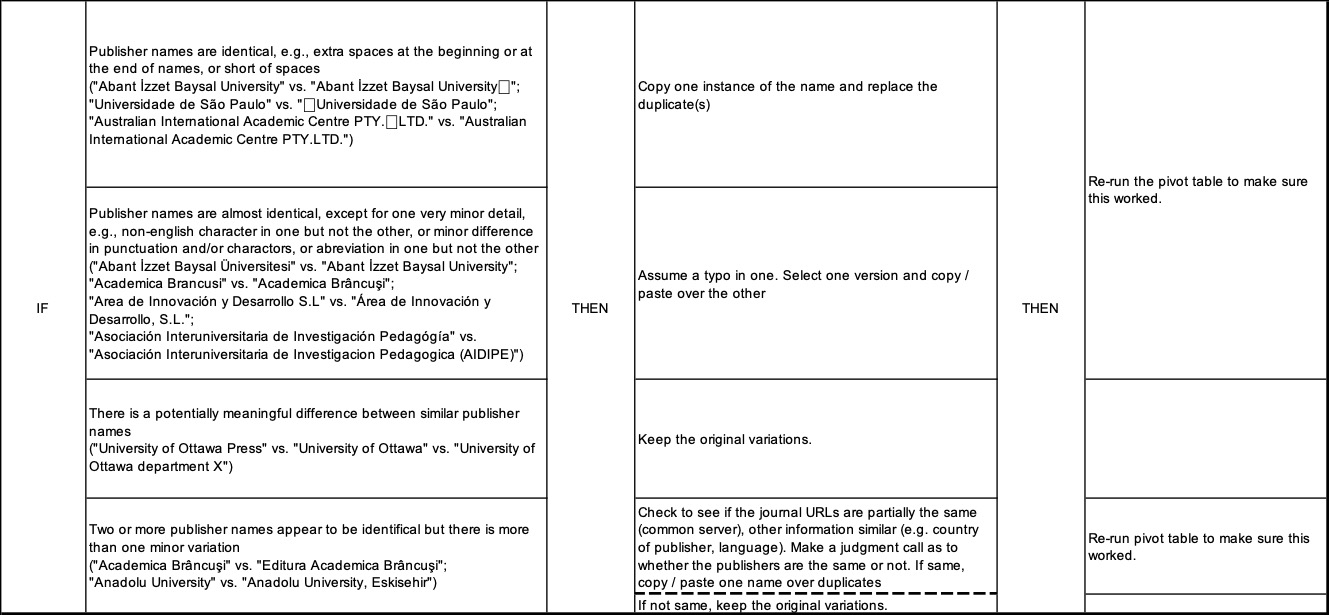


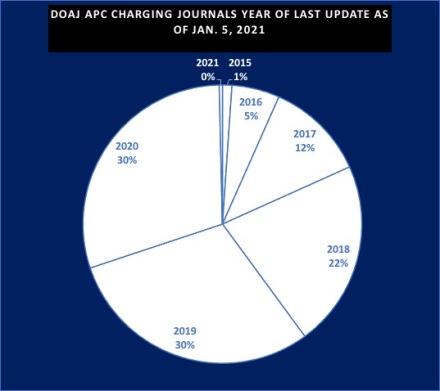







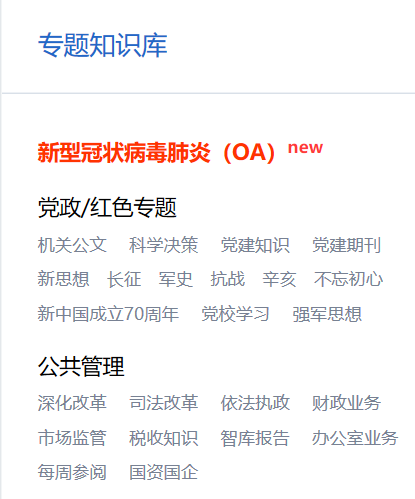
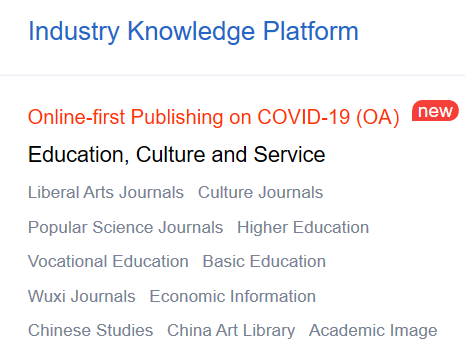













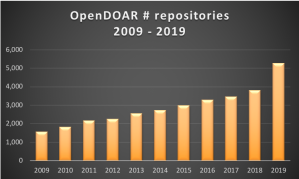
 llections, and a 48% increase in software. The number of articles searchable through DOAJ grew by over 900,000 in 2019 (25% growth). OpenDOAR is taking off in Asia, the Americas, Africa, and overall, with more than 20% growth in each of these categories, and SCOAP3 also grew by more than 20%.
llections, and a 48% increase in software. The number of articles searchable through DOAJ grew by over 900,000 in 2019 (25% growth). OpenDOAR is taking off in Asia, the Americas, Africa, and overall, with more than 20% growth in each of these categories, and SCOAP3 also grew by more than 20%.



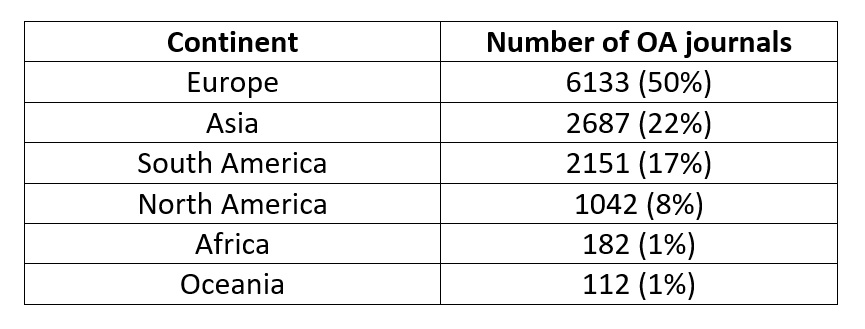


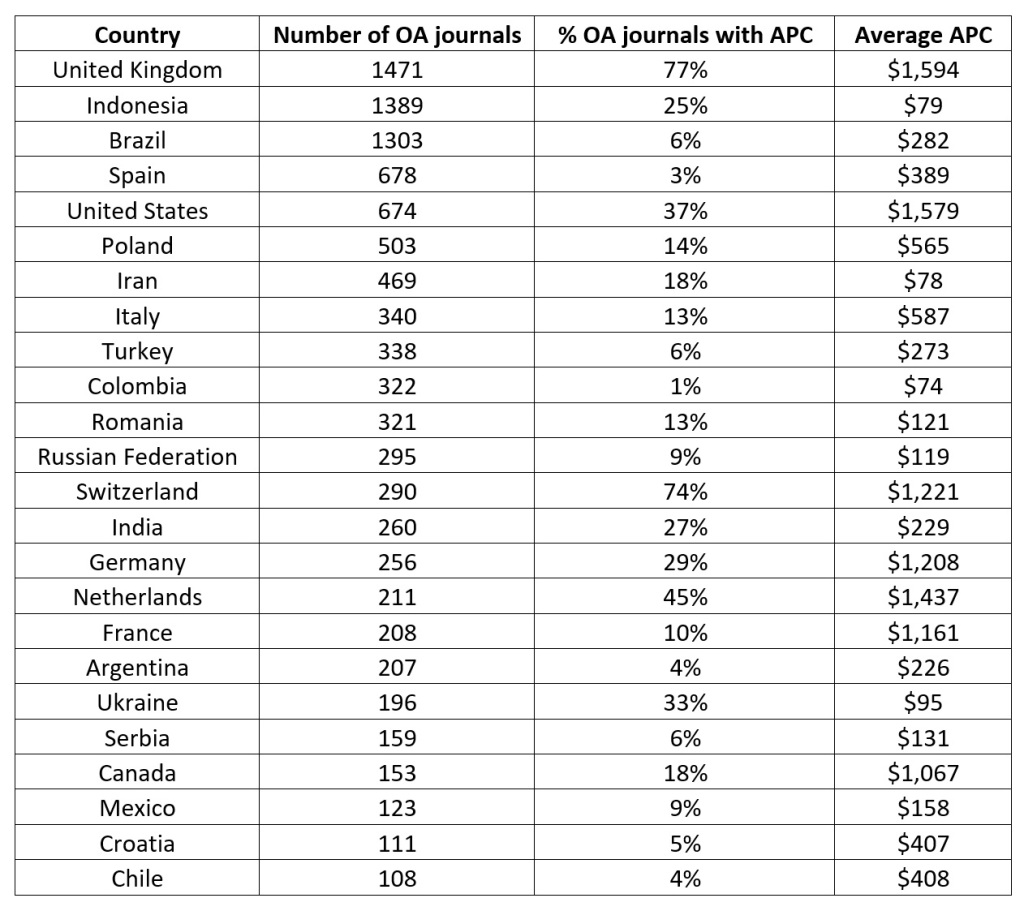
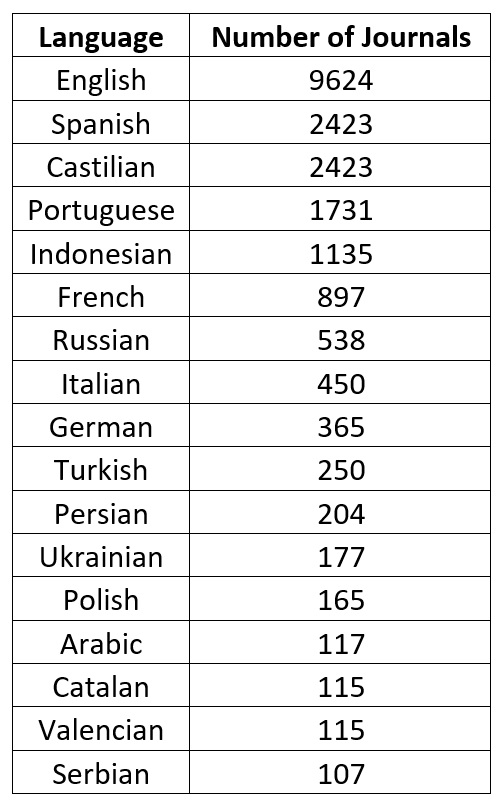
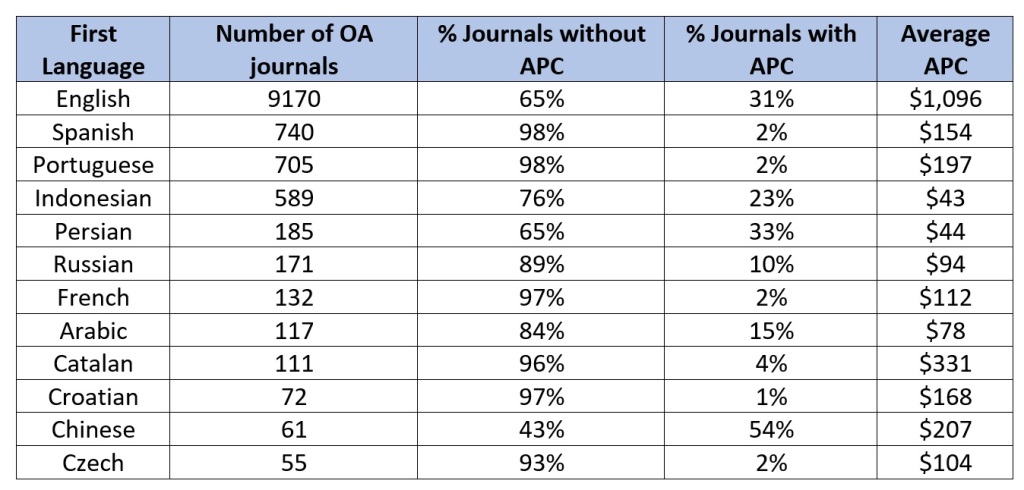

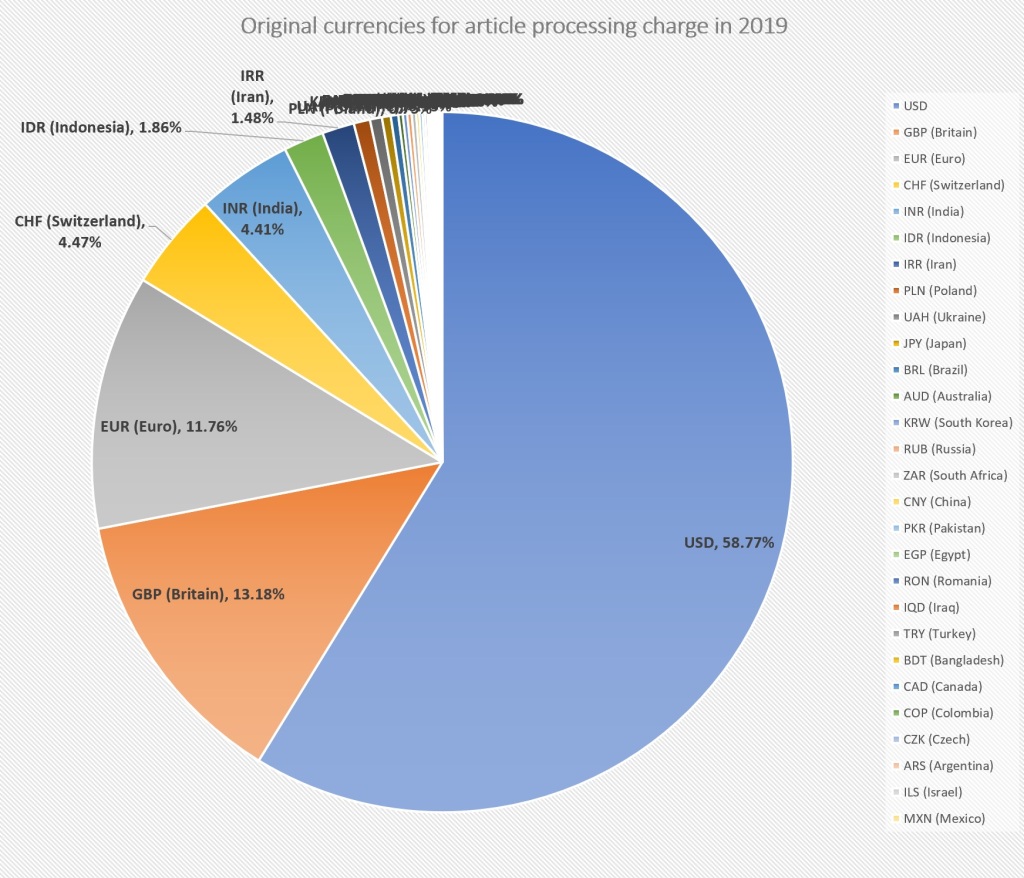






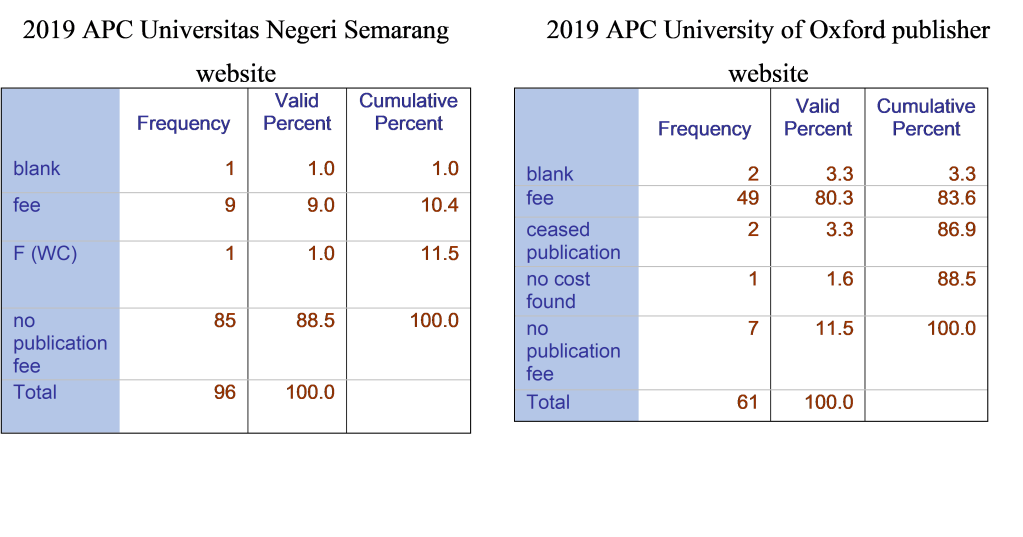
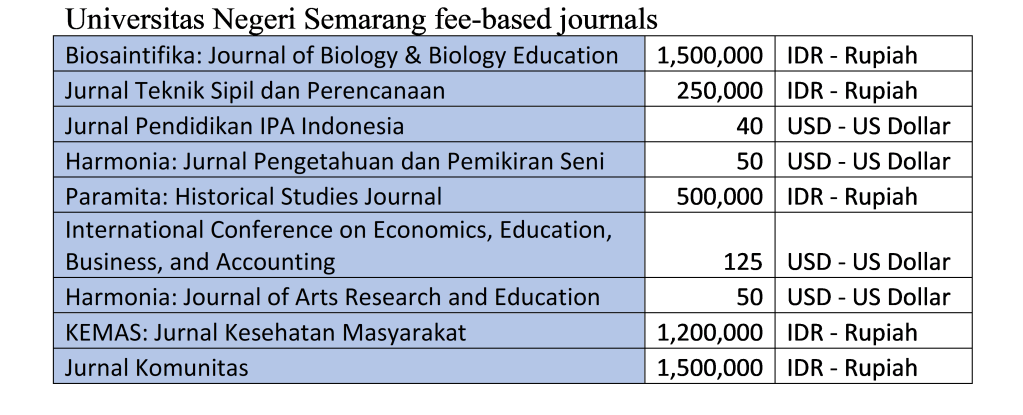
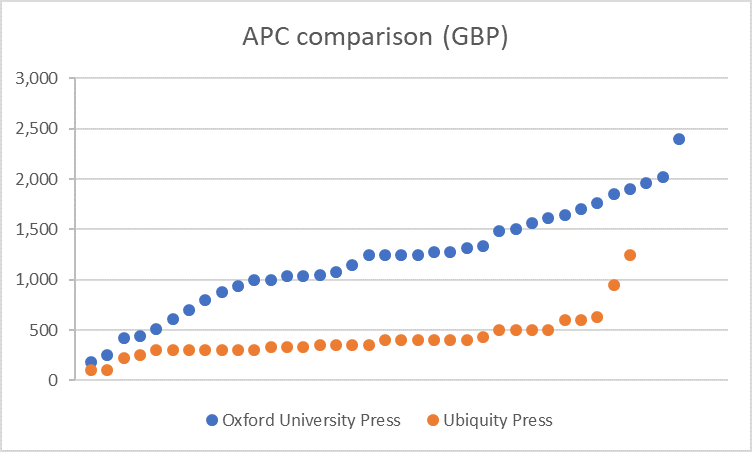
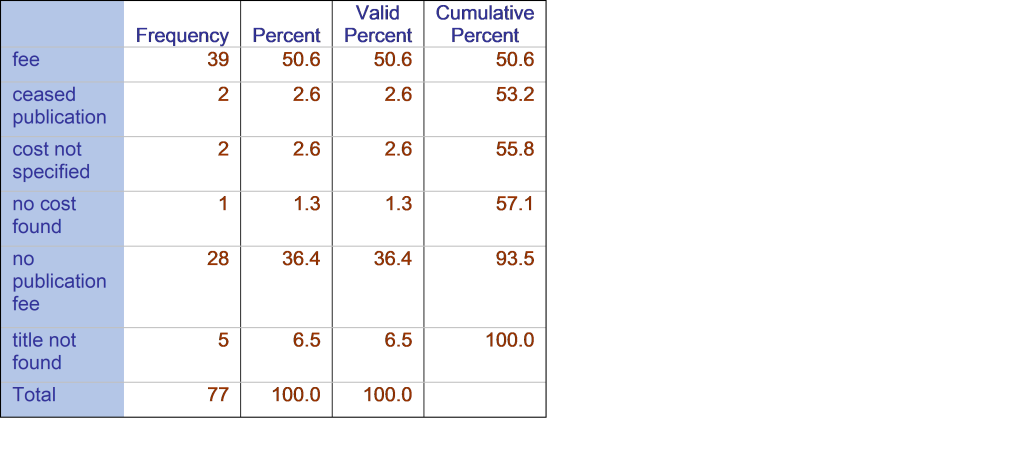
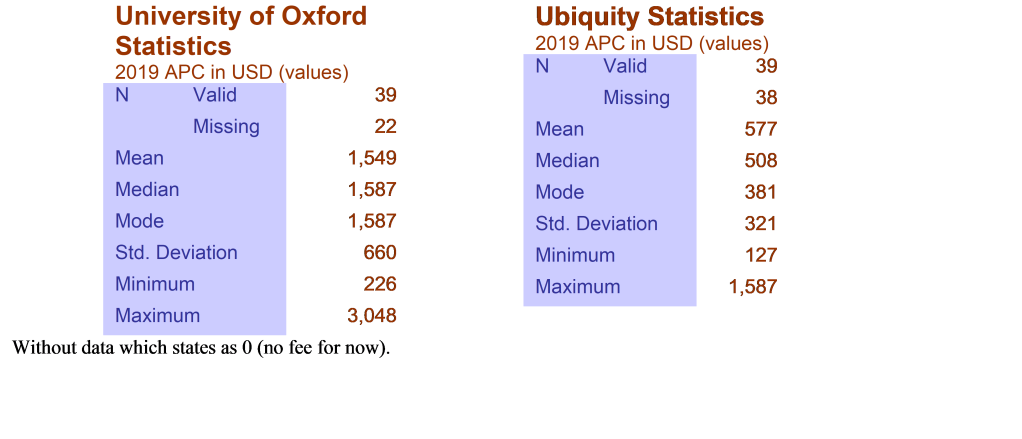









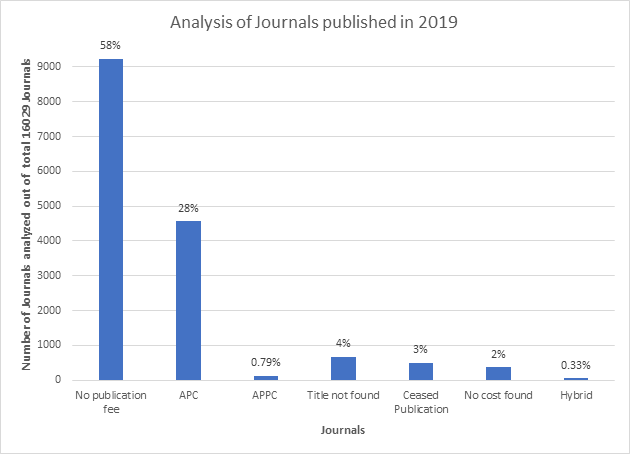









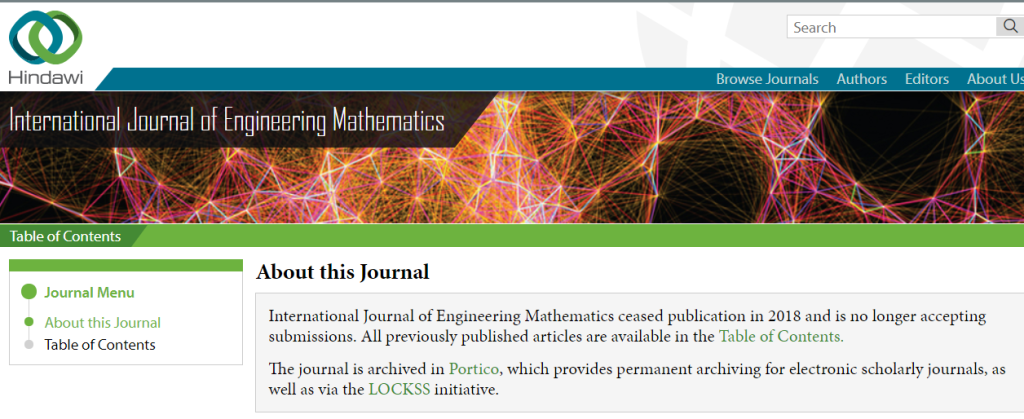



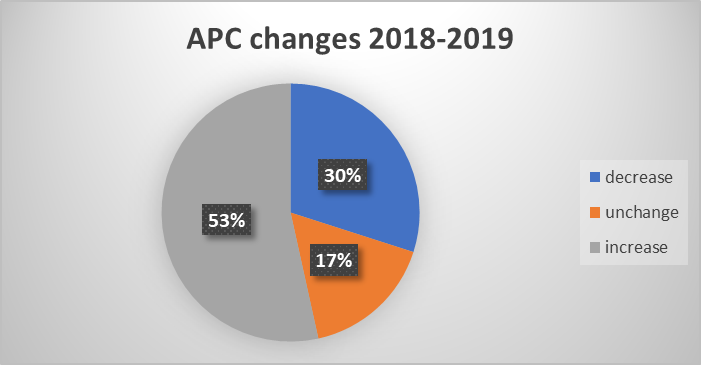
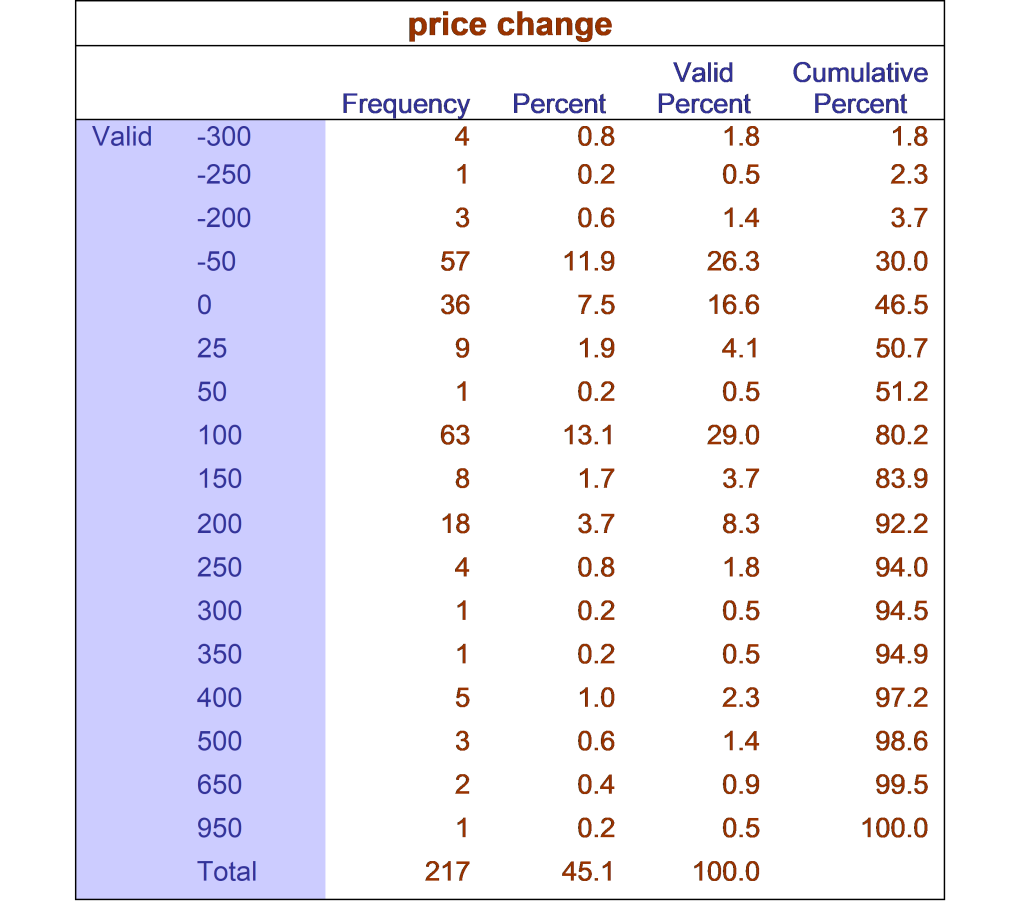

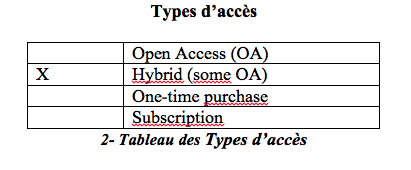

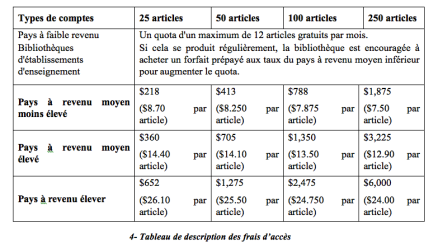
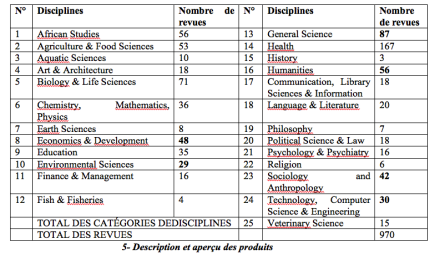

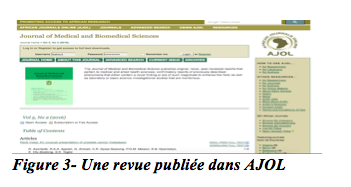

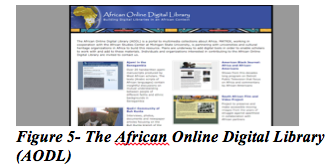

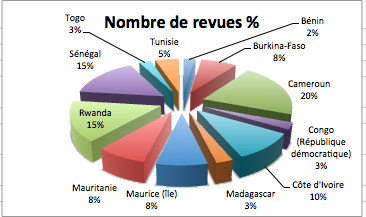



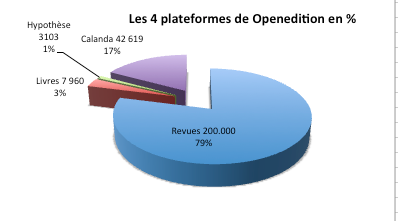

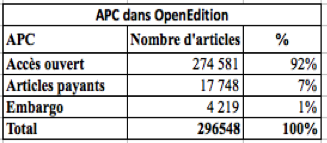


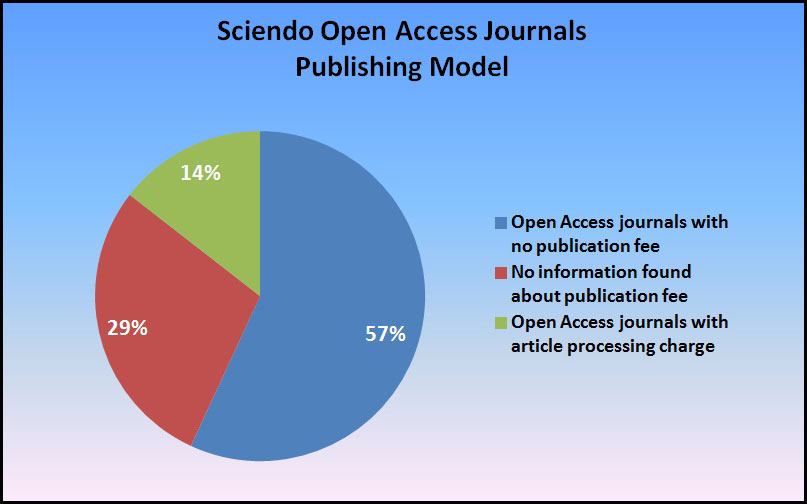




 .
.













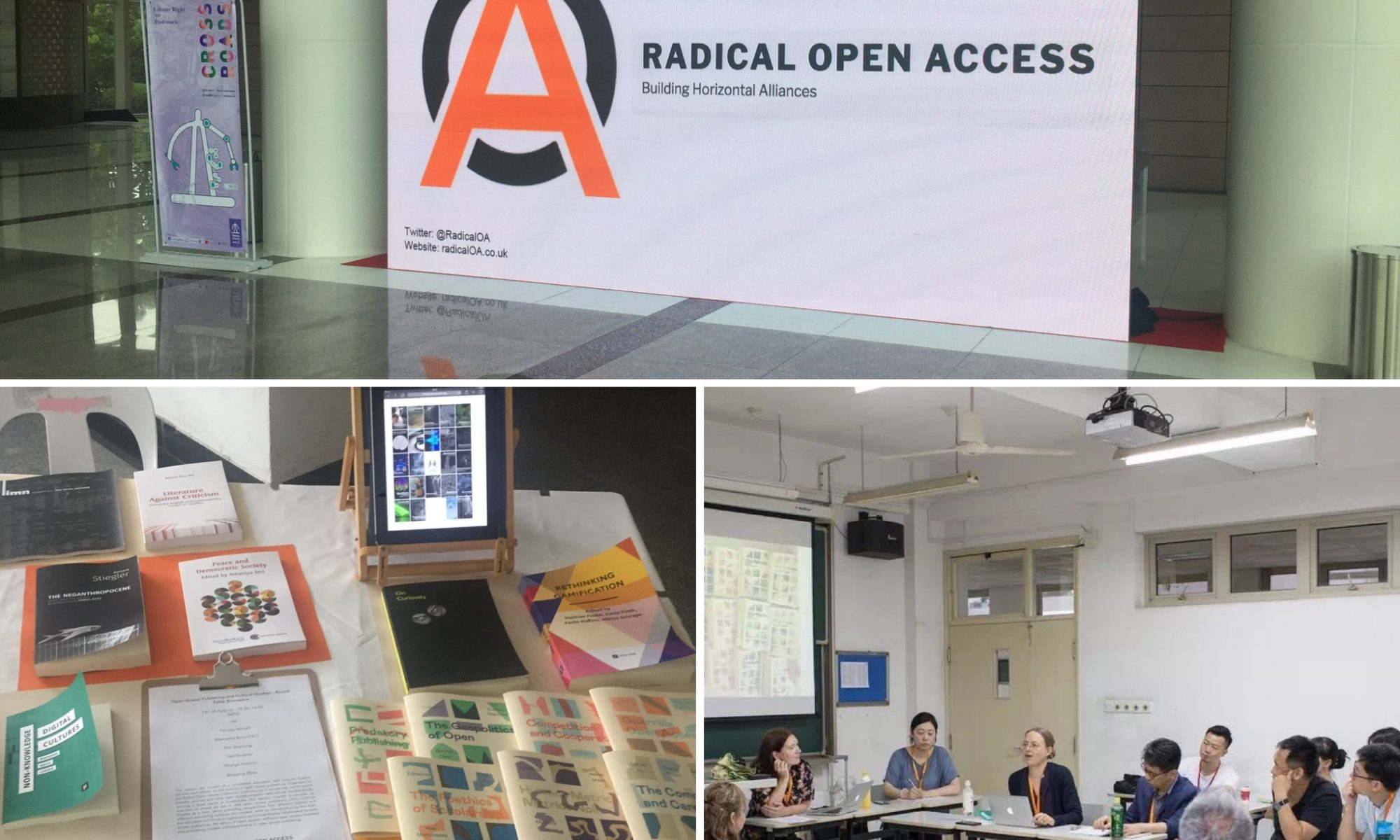
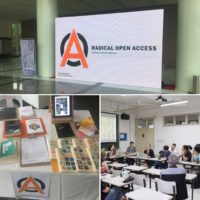







 KF: Humanities Commons is indeed gaining purchase, as scholars are increasingly recognizing that while their accounts on for-profit networks might be “free,” there are hidden costs to the academic community as a whole. These networks are not transparent in their operations or their values, and they often have egregious, predatory data-sharing and intellectual property policies written into their terms of service.
KF: Humanities Commons is indeed gaining purchase, as scholars are increasingly recognizing that while their accounts on for-profit networks might be “free,” there are hidden costs to the academic community as a whole. These networks are not transparent in their operations or their values, and they often have egregious, predatory data-sharing and intellectual property policies written into their terms of service.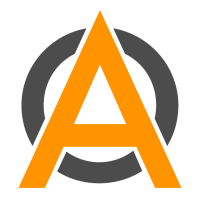

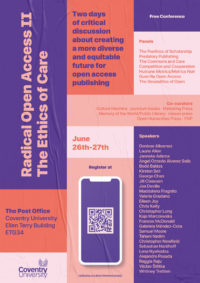 Co-curators: Culture Machine, Mattering Press, Memory of the World/Public Library, meson press, Open Humanities Press, punctum books, POP
Co-curators: Culture Machine, Mattering Press, Memory of the World/Public Library, meson press, Open Humanities Press, punctum books, POP
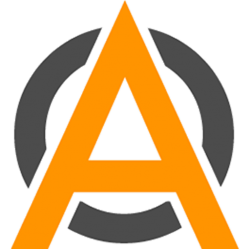 The Radical OA Collective reminds us that experimentation with new forms of publishing remains essential, and that open access has always been about more than just improving access to research. As a movement open access has also focused on exploring and promoting not-for-profit, institutional and academic-led publishing alternatives, for example. This is to provide a counterpoint to the commercial legacy system and the vast profits it extracts from our scholarly research and communication interactions. This system has posed specific risks to specialised book publishing in the humanities, to the publication of books by early-career researchers, and to the dissemination of research from those working in the global south or writing in languages other than English; all of which, although essential to sustaining the scholarly conversation, often lack a direct market appeal. To counter this the Radical OA Collective highlights the importance of making publishing more diverse, equitable, and open to change, where it wants to ensure that new and underrepresented cultures of knowledge are able to have a voice. Members of the collective therefore work together to champion the variety of alternative models for scholarly communication that currently exist, and the collective is keen to build alliances with other initiatives interested in building a collaborative and non-competitive publishing ecosystem; one which supports a progressive and multi-polar knowledge commons.
The Radical OA Collective reminds us that experimentation with new forms of publishing remains essential, and that open access has always been about more than just improving access to research. As a movement open access has also focused on exploring and promoting not-for-profit, institutional and academic-led publishing alternatives, for example. This is to provide a counterpoint to the commercial legacy system and the vast profits it extracts from our scholarly research and communication interactions. This system has posed specific risks to specialised book publishing in the humanities, to the publication of books by early-career researchers, and to the dissemination of research from those working in the global south or writing in languages other than English; all of which, although essential to sustaining the scholarly conversation, often lack a direct market appeal. To counter this the Radical OA Collective highlights the importance of making publishing more diverse, equitable, and open to change, where it wants to ensure that new and underrepresented cultures of knowledge are able to have a voice. Members of the collective therefore work together to champion the variety of alternative models for scholarly communication that currently exist, and the collective is keen to build alliances with other initiatives interested in building a collaborative and non-competitive publishing ecosystem; one which supports a progressive and multi-polar knowledge commons.

 Image credit:
Image credit: 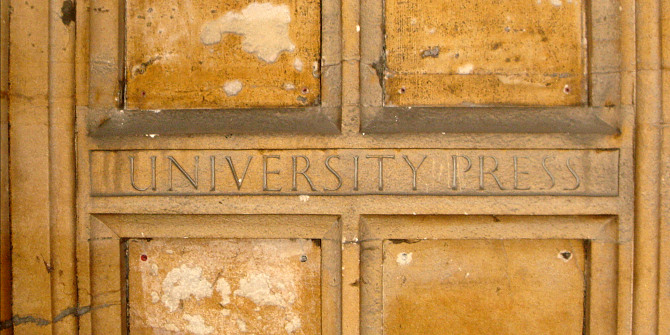 Image credit:
Image credit: 




 One of the requirements is that by 2020 all researchers working for a Dutch research university need to publish their work (journals and books(!)) in open access. So this includes the HSS as well. To accomplish this the plan is launched to align all Dutch stakeholders to meet these requirements.
One of the requirements is that by 2020 all researchers working for a Dutch research university need to publish their work (journals and books(!)) in open access. So this includes the HSS as well. To accomplish this the plan is launched to align all Dutch stakeholders to meet these requirements.


 This is why I am temperamentally opposed to any tendency to keep the discussion of open access restricted to a discussion of university scholarship – or, indeed, as sometimes happens, with the effect of strengthening the ‘professional’ borders around this scholarship, and thus shutting non-university people (such as I consider myself today) out of the game. Let me give you a controversial example. I use, and encourage the use of
This is why I am temperamentally opposed to any tendency to keep the discussion of open access restricted to a discussion of university scholarship – or, indeed, as sometimes happens, with the effect of strengthening the ‘professional’ borders around this scholarship, and thus shutting non-university people (such as I consider myself today) out of the game. Let me give you a controversial example. I use, and encourage the use of 




 There is some more data on the financial flows in Swiss academic publishing to be found in this
There is some more data on the financial flows in Swiss academic publishing to be found in this 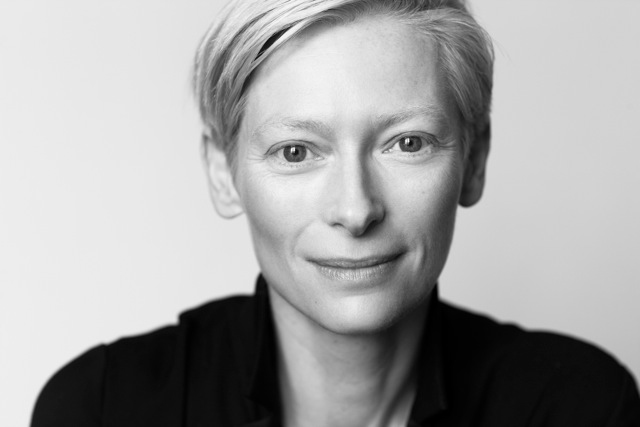


















 Doctor Popular, AntiTagging, 2014.
Self-portrait taken using the Anti-Tagging iPhone app that anonymizes photos by auto-detecting faces and glitching them out, thus producing a secure selfie. Source: Flickr. Licence: CC BY-SA 2.0.
Doctor Popular, AntiTagging, 2014.
Self-portrait taken using the Anti-Tagging iPhone app that anonymizes photos by auto-detecting faces and glitching them out, thus producing a secure selfie. Source: Flickr. Licence: CC BY-SA 2.0.







 Lobby. Advertising agency.
Lobby. Advertising agency. Clients’ entertainment floor. Audit, tax, and advisory services firm.
Clients’ entertainment floor. Audit, tax, and advisory services firm. CEO’s office. Hedge fund.
CEO’s office. Hedge fund. Back office. Professional services firm.
Back office. Professional services firm. Copy area. Reinsurance firm.
Copy area. Reinsurance firm. Middle office. Insurance firm.
Middle office. Insurance firm. Staff bar. Advertising agency.
Staff bar. Advertising agency.




 Faders, Unique iron blue-toned silver gelatin paper exposed to moonlight, UV fluorescent lighting, 2015
Faders, Unique iron blue-toned silver gelatin paper exposed to moonlight, UV fluorescent lighting, 2015 Faders, detail
Faders, detail Faders, detail
Faders, detail Faders, unique iron blue-toned silver gelatin paper exposed to moonlight, UV fluorescent lighting, 2015
Faders, unique iron blue-toned silver gelatin paper exposed to moonlight, UV fluorescent lighting, 2015









 We are proud to announce our latest release: Miklós Radnóti’s Eclogues and Other Poems, translated by Jack Roberts. Born in Budapest in 1909, Radnóti began publishing his poems and translations while still a university student. By the late 1930’s, he had established himself as a major new voice in magyar poetry. His life ended in 1944 not far from the village of Abda, where, a short distance from the banks of the Rába, he was slain by his captors near the end of a forced march that had begun in the mountains of Serbia months before. Many of the poems included here were composed during his captivity in the labor camp whose name appears at the end of several eclogues and other poems.
We are proud to announce our latest release: Miklós Radnóti’s Eclogues and Other Poems, translated by Jack Roberts. Born in Budapest in 1909, Radnóti began publishing his poems and translations while still a university student. By the late 1930’s, he had established himself as a major new voice in magyar poetry. His life ended in 1944 not far from the village of Abda, where, a short distance from the banks of the Rába, he was slain by his captors near the end of a forced march that had begun in the mountains of Serbia months before. Many of the poems included here were composed during his captivity in the labor camp whose name appears at the end of several eclogues and other poems. Örömmel mutatjuk be legfrissebb kötetünket, a hiánypótló A színpadtól a színpadig. Válogatás Marvin Carlson színházi írásaiból című könyvet Kurdi Mária és Csikai Zsuzsa szerkesztésében! A kötet fejezetei Marvin Carlson öt könyvéből és két tanulmányából közölnek részleteket, illetve további két tanulmányt teljes egészben közre adnak magyar fordításban. Ezek a szövegek 1990 és 2011 között születtek és keresztmetszetet nyújtanak az ezredforduló színháztudományának olyan kérdéseiről és folyamatairól, mint a színházszemiotika, interkulturalitás, többnyelvűség a színpadon, a történelem újrajátszásai, az előadás eseményszerűsége és a performanszok világa a posztstrukturalista elméletek kontextusában. Marvin Carlson adatokkal és tanácsokkal segítette a vállalkozást, továbbá a válogatásban érdeklődésük, tanulmányaik és a potenciális olvasók általuk feltételezett igényeinek megfelelően nagy segítségére voltak a szerkesztőknek maguk a fordítók is. Egyetemi oktatók, fiatal kutatók, doktori hallgatók és mesterszakos diákok alkotják a fordítói gárdát. Kiadó, szerkesztők és fordítók közösen reméljük, hogy a szövegek hasznára lesznek mind a színházzal foglalkozó szakembereknek és tanároknak, mind a színházi tanulmányokat folytató, graduális és posztgraduális diákoknak, valamint a színházat szerető olvasóknak általában is.
Örömmel mutatjuk be legfrissebb kötetünket, a hiánypótló A színpadtól a színpadig. Válogatás Marvin Carlson színházi írásaiból című könyvet Kurdi Mária és Csikai Zsuzsa szerkesztésében! A kötet fejezetei Marvin Carlson öt könyvéből és két tanulmányából közölnek részleteket, illetve további két tanulmányt teljes egészben közre adnak magyar fordításban. Ezek a szövegek 1990 és 2011 között születtek és keresztmetszetet nyújtanak az ezredforduló színháztudományának olyan kérdéseiről és folyamatairól, mint a színházszemiotika, interkulturalitás, többnyelvűség a színpadon, a történelem újrajátszásai, az előadás eseményszerűsége és a performanszok világa a posztstrukturalista elméletek kontextusában. Marvin Carlson adatokkal és tanácsokkal segítette a vállalkozást, továbbá a válogatásban érdeklődésük, tanulmányaik és a potenciális olvasók általuk feltételezett igényeinek megfelelően nagy segítségére voltak a szerkesztőknek maguk a fordítók is. Egyetemi oktatók, fiatal kutatók, doktori hallgatók és mesterszakos diákok alkotják a fordítói gárdát. Kiadó, szerkesztők és fordítók közösen reméljük, hogy a szövegek hasznára lesznek mind a színházzal foglalkozó szakembereknek és tanároknak, mind a színházi tanulmányokat folytató, graduális és posztgraduális diákoknak, valamint a színházat szerető olvasóknak általában is. We are proud and happy to bring you the new Jack Roberts book,
We are proud and happy to bring you the new Jack Roberts book,